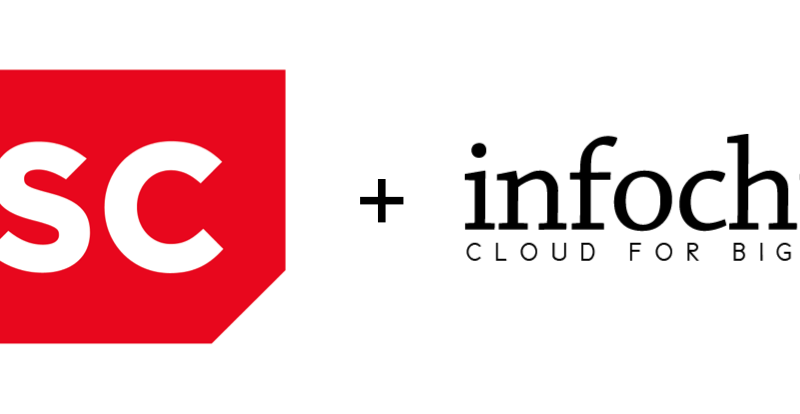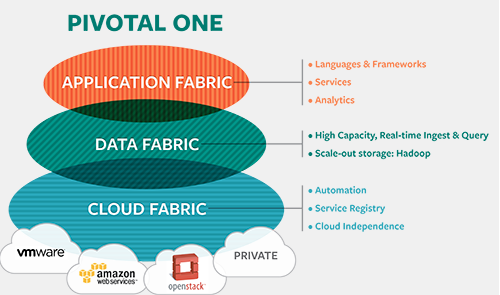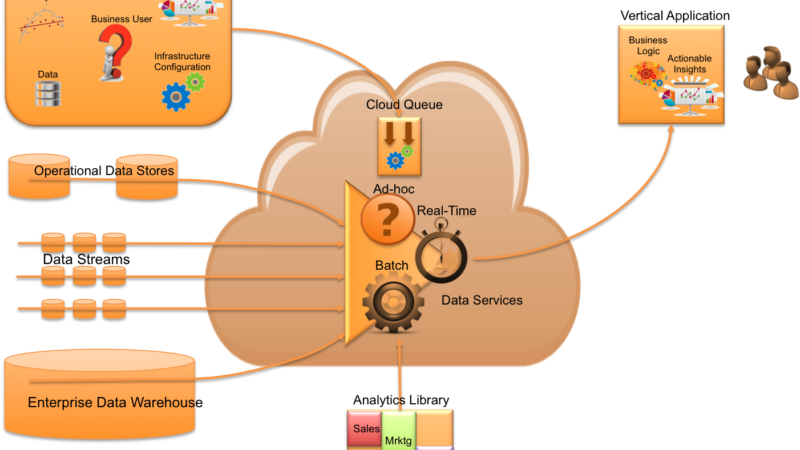SIOS Unveils Strategy to Lead Enterprises Safely into the Cloud
Strategy Unifies Best-in-Class Technologies, Transforming the Way Enterprises Manage and Optimize Their Business Applications across Physical, Virtual and Cloud Environments
TOKYO–(BUSINESS WIRE)–SIOS Technology, Inc. (TYO: 3744) today announced its strategy for leading Fortune 1000 Enterprises safely into the cloud. SIOS’ differentiated approach involves leveraging best-in-class technologies and partners to integrate application migration, monitoring, high availability and disaster recovery capabilities into a centrally administered framework. The framework will provide command and control of enterprise workloads, as well as their portability and availability across physical, virtual and cloud environments. As a result, enterprises are able to gradually expand their use of cloud resources beyond test and development and begin to safely migrate business-critical applications as well.
“Customers today are looking for a safe and pragmatic solution to manage and optimize their distributed computing resources,” said Nobuo Kita, president and CEO of SIOS. “SIOS’ approach will help large enterprises optimize their existing IT assets, realize the significant cost benefits offered by new deployment models including virtualization and cloud computing, and provide an integrated solution to safely manage on- and off-premise enterprise applications. Our unique and growing portfolio of technologies and partners positions SIOS to be a leader in the rapidly evolving cloud computing market.”
Over a decade in the Datacenter
Since its founding, SIOS has focused on innovative open solutions for big enterprise, with an established presence globally, including headquarters in Japan as well as in the Americas, EMEA and APAC. The corporate name SIOS stands for ‘Software for Innovative Open Solutions’. As one of the most well-established distributors of Red Hat Enterprise Linux in Japan, SIOS has serviced the IT needs of virtually every large Japanese enterprise across all industries.
How SIOS will compete in the Cloud Computing market
SIOS has been quietly building upon its technology and competency arsenal by developing technology internally, making strategic acquisitions, and forming collaborative partnerships. The company is well positioned to become a leader in the rapidly emerging cloud computing market by focusing on the technologies required to migrate, monitor, protect and expand your business’ applications in the cloud.
In 2006, SIOS acquired SteelEye Technology, Inc, a leader in application availability and disaster recovery solutions, which originated from technology developed at AT&T Bell Labs more than two decades ago. In 2008, SIOS also expanded its presence in Web application development for cloud computing with the acquisition of Gluegent Inc.
During the next 12 months, SIOS plans to introduce several new solutions and partnerships that further extend the company’s portfolio, targeting CIOs, IT management and staff and key vertical markets including financial, healthcare, telecommunication, transportation and government. Initially, SIOS’ cloud computing approach will involve the unique integration of its market-leading application availability and disaster recovery solutions into offerings that manage the customer’s application workloads through the entire cloud computing lifecycle: Migrate, monitor, protect and expand:
Migrate – Customers start their entry into the cloud by moving workloads across their physical and virtual environments, both internal and external to their datacenter.
Monitor – Customers monitor their applications, allowing them to gain real-time insight into their IT operations beyond systems management, including application performance, resource utilization and IT costs.
Protect – Customers can extend beyond cloud-based test and development environments by using external cloud as part of an advanced “active” application availability (HA) and disaster recovery (DR) resource.
Expand – As customers migrate internal IT services to established cloud SaaS offerings (e.g. ERP, CRM, HR, SFA, Customer Service, Expense Management, etc.), they will require additional applications built on IaaS platforms (e.g. Amazon Web Services) and PaaS platforms (e.g. Google App Engine) to reach levels of functionality they have experienced in legacy on-premise applications.
Because SIOS’ approach is modular, customers can start with any product at any point in the lifecycle and be confident they are moving down the path to safely deploy into the emerging cloud computing market.
At CeBit 2010 in Hannover, Germany, SIOS will provide a first view of its entry into the cloud with SteelEye Technology in Hall 2, at Stand C27, presenting examples of business-critical applications that are migrated from an on-premise non-virtualized environment to on-premise virtual and off-premise public cloud environments. This includes horizontal applications such as CRM and vertical applications such as banking transaction management.



